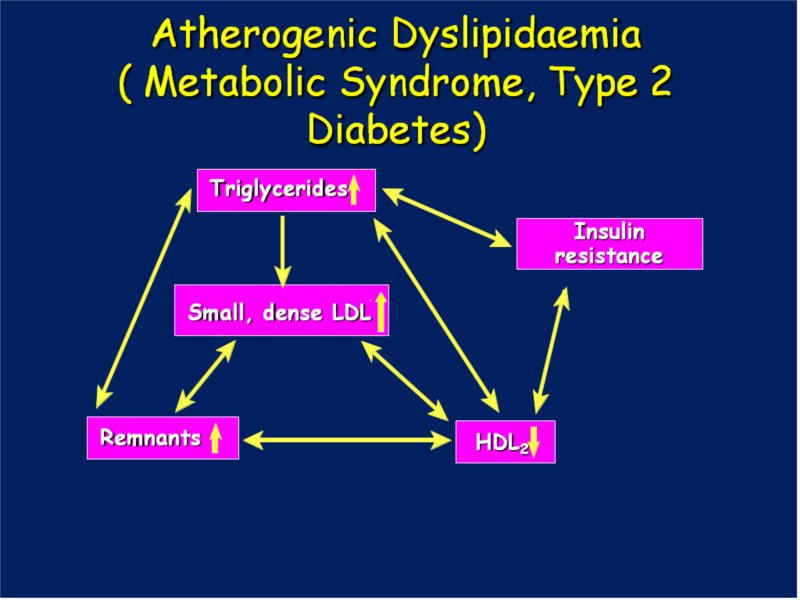Definition
A medical condition called dyslipidemia occurs when your body has an abnormal level of blood lipids. One common form of dyslipidemia is hyperlipidemia characterized by high lipid levels. On the other hand, when there’s an abnormally low lipid levels, another form of dyslipidemia, the hypolipidimia, happens.
These two forms of dyslipidemias can affect LDL cholesterol levels, HDL cholesterol levels, triglycerides or the combination of these lipids.

Cause
There are many components that can cause dyslipidemia which can range from hereditary disorders to your current lifestyle. These can be categorized into two major types, the primary and secondary dyslipidemia.
The primary dyslipidemia happens when the components causing the condition are inherited from ancestors (or parent/s) or of mutated gene(s). Since it can be inherited from the family, the term ‘familiar’ is used to describe for this type of dyslipidemia. Meanwhile the defective gene(s) can cause abnormal clearance of lipids or even alter certain lipids. People with primary dyslipidemia usually have increased LDL and are in high risk of having atherosclerosis in early life and can lead into premature cardiovascular disease.
The secondary dyslipidemia is more common and happens because of several determining factors within one’s lifestyle and other medical conditions. It may be caused by lack of exercise, some medications, liver disease, poor high fat with high sugar diet, cigarette smoking, alcohol abuse, uncontrolled diabetes or certain cancers.
Treatment
Dyslipidemias are treated through different methods and according to their severity. If the condition is not severe, diet modification and certain fat-soluble vitamins are administered.
